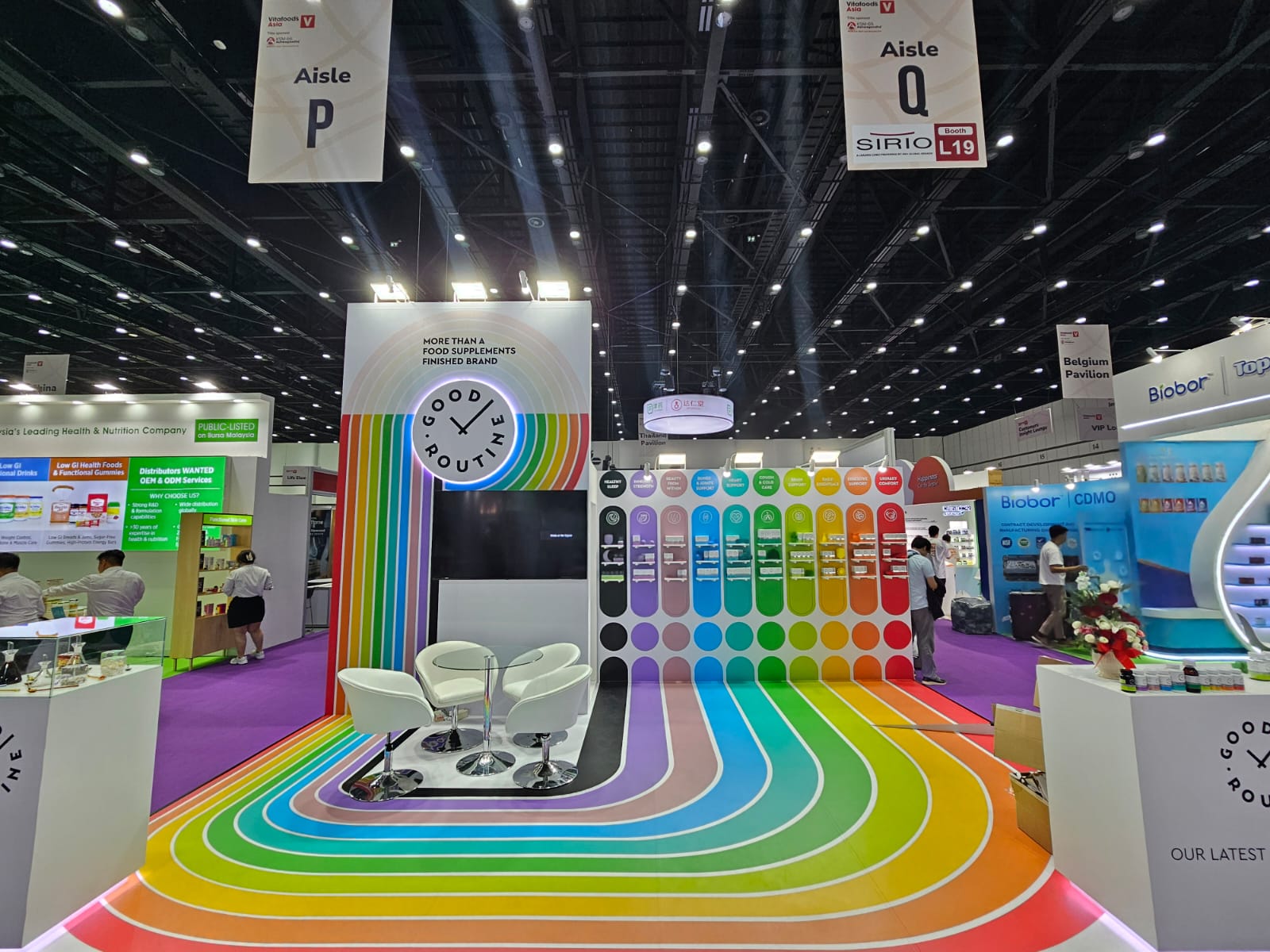Storytelling has become a cornerstone of commercial video production, transforming marketing videos into captivating narratives that resonate with audiences on an emotional level. In an era where attention spans are short and competition for consumer attention is fierce, the ability to tell a compelling story can make all the difference.
This blog delves into why storytelling is so powerful in commercial video creation, the elements that make it effective, and how brands can harness its potential to foster stronger connections and drive business results.
1. Why Storytelling Matters in Commercial Video Production
The primary goal of commercial video production is to create content that not only informs viewers but also engages and persuades them. Stories are inherently powerful because they create a connection between the viewer and the brand.
They tap into emotions, build relatability, and offer a memorable experience that standard advertising techniques often struggle to achieve.
Through commercial video production, brands can use storytelling to:
- Capture attention: A well-crafted story grabs attention and holds it longer, making viewers more receptive to the message.
- Build trust and relatability: Stories with relatable characters and situations allow viewers to see themselves in the narrative, fostering trust in the brand.
- Drive action: Emotional connections built through storytelling often lead to increased engagement, higher conversion rates, and stronger customer loyalty.
2. Elements of a Powerful Story in Commercial Video Production
Not all stories are created equal. For storytelling to be effective in commercial videos, certain elements need to be in place:
A. Strong Characters
Characters give viewers someone to connect with emotionally. A character doesn’t have to be a person; it can be the brand itself, a product, or even an idea.
Effective characters in commercial video process are relatable and authentic, reflecting the audience’s aspirations, challenges, or values.
B. Emotional Resonance
The best stories in commercial video creation evoke emotions, whether it’s joy, nostalgia, empathy, or excitement. When people feel an emotional connection, they’re more likely to remember the brand and message.
Studies show that emotional content in video ads leads to greater engagement and improved brand recall.
C. Clear Structure
Most compelling stories follow a simple structure: beginning, middle, and end. It often leverages this structure to introduce the brand, present a relatable challenge, and then resolve it with the brand’s solution.
This structure ensures a cohesive narrative and keeps viewers invested.
D. Conflict and Resolution
Conflict is essential to storytelling because it creates tension, which draws viewers in and keeps them interested. In commercial video production, the conflict might be a problem that the brand or product can solve.
The resolution shows how the product or service makes a difference, highlighting its value in a natural, engaging way.
E. Brand Integration
A powerful story is memorable because it subtly integrates the brand rather than aggressively pushing it. In commercial videos, the brand should fit naturally into the story without overwhelming it.
When the focus is on the story, viewers are more likely to engage with the content, and the brand message becomes more impactful.
3. Types of Storytelling in Commercial Video Production
Several storytelling approaches work exceptionally well in commercial video production, depending on the brand’s message, target audience, and goals:
A. Customer Success Stories
These stories feature real customers who faced a challenge and found success using the brand’s product or service. This type of commercial video production is highly relatable and effective because it showcases how the brand creates real-life value.
Customer testimonials told in a story format feel genuine and are incredibly persuasive.
B. Behind-the-Scenes Narratives
Giving viewers a glimpse behind the curtain—whether it’s into the company’s values, its product creation process, or its team culture—adds depth and authenticity.
This approach in commercial video production humanizes the brand and builds trust, especially with audiences who prioritize transparency and authenticity.
C. Product as Hero
In this type of storytelling, the product or service is the hero of the story, solving a significant problem or enhancing the viewer’s life.
The product is showcased as a transformative force in the customer’s life, making it a powerful way to connect emotionally with viewers.
D. Documentary Style
Some brands adopt a documentary-style approach in commercial video production to tell stories about social issues, their impact, or the values they support.
This approach not only highlights the brand’s values but also resonates with socially conscious consumers who appreciate brands that stand for something.
4. Benefits of Storytelling in Commercial Video Production
Implementing storytelling in commercial video production offers several key benefits for brands:
A. Increased Engagement and Retention
Videos that tell stories engage viewers more effectively than traditional advertisements. Research shows that videos with storytelling elements can lead to a 22% increase in engagement, making storytelling a valuable tool for brands looking to capture attention in crowded digital spaces.
B. Enhanced Brand Recall
Viewers are more likely to remember stories than facts or features. Storytelling in commercial video production leads to higher brand recall, which is especially useful in competitive markets where standing out is essential for long-term success.
C. Higher Conversion Rates
When a brand’s message resonates emotionally, it is more likely to drive action. By creating emotional connections, storytelling in commercial video can lead to higher conversion rates, as viewers feel more compelled to try a product or service that feels meaningful.
D. Brand Loyalty and Trust
Consistent, authentic storytelling builds trust over time. By using commercial videos to share narratives that align with the brand’s values and mission, companies can cultivate loyal customers who resonate with their story on a deeper level.
5. How to Start Using Storytelling in Your Commercial Video Production
To harness the power of storytelling in commercial video creation, brands should focus on developing a cohesive narrative strategy:
-
Identify Your Core Message: Before beginning production, clarify the central message or values you want to convey. This should guide the story’s structure and purpose.
-
Understand Your Audience: Tailor your storytelling approach to resonate with your audience’s values, challenges, and aspirations. Research their demographics, psychographics, and preferences to make the story more relatable.
-
Choose the Right Storytelling Approach: Based on the message, select the storytelling style that will be most effective. Whether it’s a customer success story, a behind-the-scenes look, or a product-as-hero narrative, ensure it aligns with the brand’s goals.
-
Focus on Authenticity: Storytelling works best when it feels genuine. Authenticity in commercial video builds credibility and trust, so avoid overly polished or sales-driven narratives.
-
Evaluate and Optimize: After launching a storytelling video, gather data on engagement, conversions, and feedback. Use this information to refine future storytelling efforts, ensuring your videos continue to resonate with your audience.
Final Words
In the world of commercial video production, storytelling is more than just a technique—it’s a powerful strategy that can elevate a brand’s message and forge lasting connections with viewers.
By crafting engaging narratives that resonate on an emotional level, brands can drive engagement, enhance brand recall, and foster customer loyalty. As more brands recognize the value of storytelling, it’s clear that this approach is an essential part of any successful commercial video production strategy.




